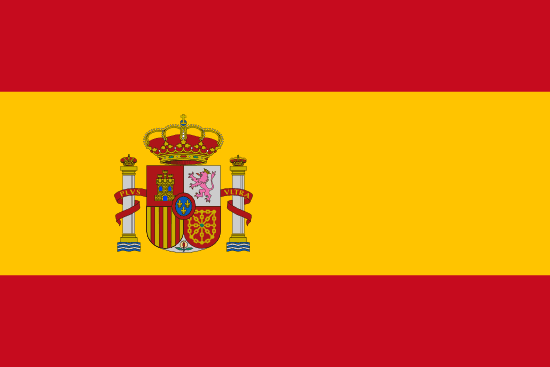"Huesca, puerta de los Pirineos | Huesca, gateway to the Pyrenees"
About:
Huesca, a city in northeastern Spain, was founded by the Iberians and later became the Roman city of Osca. It flourished under Muslim rule in the 8th-11th centuries, becoming a cultural and economic hub. Reconquered by the Christians in 1096, Huesca became part of the Kingdom of Aragon. In the 20th century, it suffered during the Spanish Civil War. Today, it's a vibrant city known for its rich history, architecture, and the annual San Lorenzo festival.
When to visit:
Huesca, located in northeastern Spain, experiences a Mediterranean climate with hot summers and mild winters. The peak tourist season in Huesca is during the summer months of June to August when the weather is warm and pleasant for outdoor activities. However, for a more peaceful and budget-friendly visit, consider traveling during the shoulder seasons of spring (March to May) or autumn (September to November). These times offer milder temperatures and fewer crowds, allowing for a more relaxed and authentic experience of Huesca's culture and attractions.
When to avoid:
Traveling to Huesca, Spain on a holiday during the peak summer months of July and August may not be the most ideal choice. These months often experience scorching temperatures, with average highs exceeding 30°C (86°F). The city can become crowded with tourists, leading to long lines and limited availability of accommodations. Additionally, some local businesses and attractions may have reduced operating hours or be closed for summer holidays. It is advisable to consider visiting Huesca during the shoulder seasons of spring or autumn for a more pleasant and relaxed experience.
Winter (Dec-Feb)
Winter in Huesca, Spain, typically runs from December to February, with January being the coldest month. Average temperatures range from 0°C to 10°C. Rainfall is moderate with an average of 30mm falling mainly in December. Days are shorter, with an average of 5 hours of sunlight, and cloud cover is high, making the skies often overcast. Snowfall is occasional but not heavy. Visitors can expect chilly mornings and evenings, while afternoons can be mildly warm. It's a great time for indoor activities and exploring the city's rich history.
Summer (June-August)
In Huesca, Spain, the warmest part of the year typically spans from June to August, with July being the hottest month. During this period, the average high temperature ranges from 27°C (81°F) to 31°C (88°F), while the average low temperature is around 15°C (59°F) to 18°C (64°F).
Rainfall is minimal during these months, with July being the driest. You can expect about 20mm of rainfall spread across 5 days in a month. This means that the majority of the days are dry, perfect for outdoor activities.
Sunlight is abundant during the summer months in Huesca. On average, you can expect about 10-11 hours of daylight per day. The skies are generally clear with a low chance of cloudiness, providing plenty of sunshine.
Humidity is moderate, typically ranging from 45% to 60%. This means the heat is not typically accompanied by a muggy or oppressive feeling.
A typical day for a visitor during these warm months in Huesca would involve a lot of sunshine and clear skies, making it ideal for sightseeing and exploring the city. The evenings are comfortably cool, perfect for leisurely walks or dining outdoors. Despite the heat during the day, the lack of high humidity makes the weather feel pleasant rather than stifling.
Language:
In Huesca, a city in Spain, the most commonly spoken language is Spanish, as it is the official language of the country. Additionally, a significant portion of the population speaks Aragonese, a Romance language native to the Aragon region. English is also understood by some, particularly among the younger generation and those in the tourism industry.




